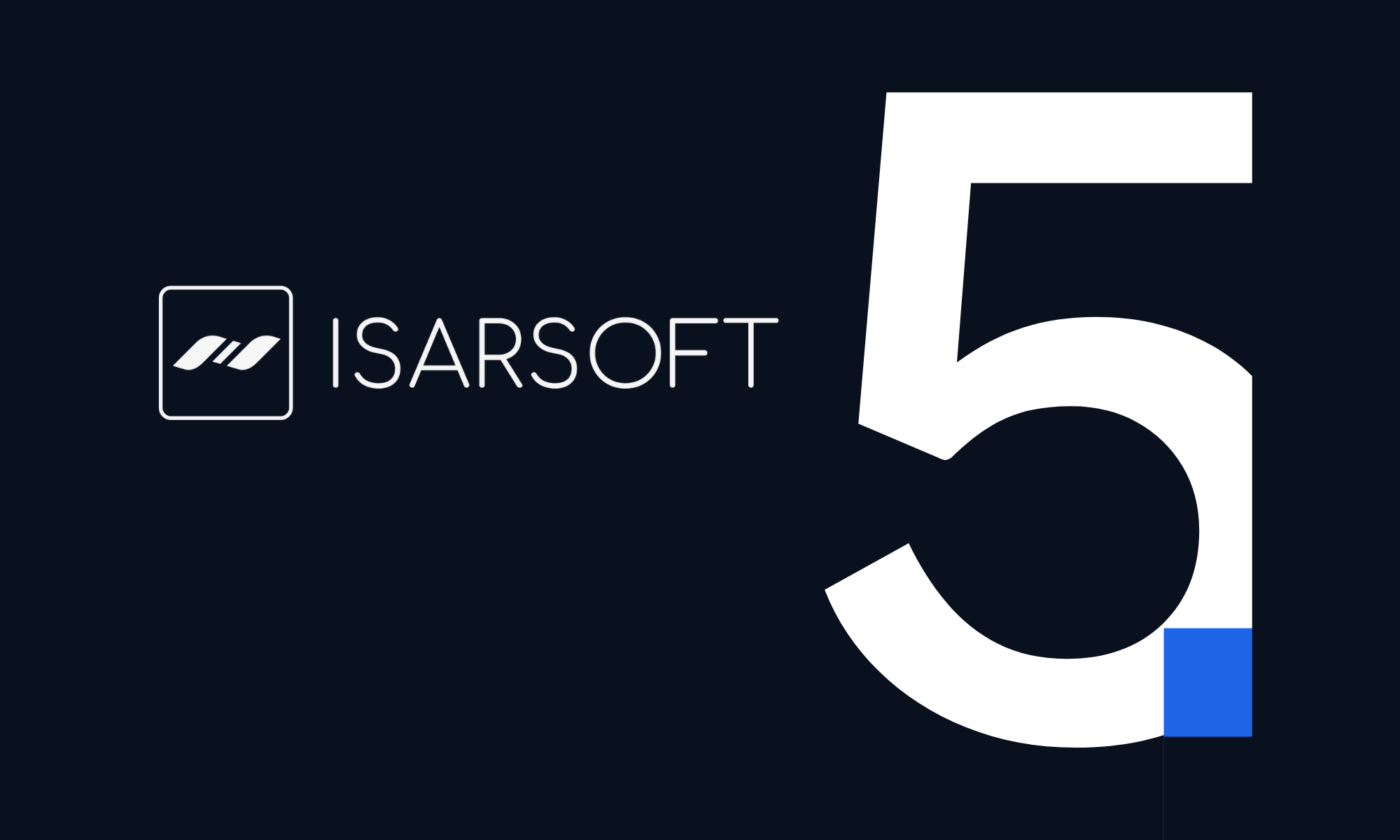Top 5 Challenges Associated with People Counting
Explore the top five challenges in people counting systems, from accuracy and integration to privacy concerns - and how to solve them.
Published
June 24, 2025

Every day, transportation and retail leaders face a common challenge: predicting and managing foot traffic before it becomes a bottleneck. At London Bridge Station, where 350,000 passengers transit daily, crowd control isn’t just a matter of comfort — it’s essential to safety, punctuality, and operational resilience.
The challenges associated with people counting play a crucial role in these efforts, helping better understand and control the flow of passengers.
This issue is common for the majority of transportation hubs in megacities, as well as for retailers, city planners, and anyone who manages foot traffic.
The key question is: How can we obtain accurate, real-time data from installed counters to predict overcrowding before it occurs?
In a world increasingly driven by artificial intelligence and machine learning, decision-makers are turning to cloud-based video analytics solutions to address two key challenges: leveraging existing CCTV infrastructure and gaining deeper, real-time insights.
But there are pitfalls: technological, practical, and ethical.
Below, we explore the five biggest challenges organizations face when implementing people counting at scale — and how advanced video analytics can help overcome them to deliver measurable ROI.

1. Accuracy in Complex Environments
The Challenge
People counting detection systems often struggle in high-density or visually complex environments. Crowded public spaces, overlapping objects (e.g., individuals obstructing one another), inconsistent lighting, and rapid movement can all compromise accuracy.
For instance, early infrared beam counters were frequently undercounted. If a group of five walked through simultaneously, a single-beam system might register only one interruption.
Conversely, overcounting can occur if the beam is interrupted multiple times during its passage (e.g., due to slow or irregular movement), resulting in it being mistakenly counted numerous times.
The Impact
Inaccurate counts undermine trust in the data, limiting its usefulness for operational planning, resource allocation, and workflow optimization. In public spaces or transit systems, undercounting can even pose safety risks. In retail, unreliable figures disrupt staffing schedules and distort performance metrics, such as sales-readiness scores.
The Solution
Today’s best solutions use stereo-vision cameras paired with AI-driven software, achieving up to 99% accuracy or higher, even in crowded settings.
Isarsoft Perception utilizes AI-enhanced tracking algorithms that can distinguish individuals even when they are partially hidden or tightly grouped. It dynamically adapts to changes in lighting and various layouts. It can also count by zones, like entrances or aisles, providing granular, actionable insights.

2. Privacy and Data Protection (GDPR Compliance)
The Challenge
Using video to count people raises serious privacy concerns, particularly under stringent regulations such as the European Union’s GDPR. Any system that captures identifiable personal data (e.g., faces, unique identifiers) must have a lawful basis and robust safeguards in place.
Even technologies that do not initially record names or faces can still fall under the purview of privacy laws. For example, a smart city crowd project in Bamberg used anonymized Wi-Fi sensors. However, because they detected phone MAC addresses (which are considered personal data), informed consent was required under GDPR. (Source: Frontiers, 2024).
This underscores the importance of designing people-counting solutions with privacy as a design principle and by default.
The Impact
Failure to comply with legal regulations carries significant risks, including fines and reputational damage. Public backlash can lead to de-installations or stricter oversight, ultimately reducing the long-term viability of the solution.
The Solution
Isarsoft Perception anonymizes individuals in real-time video feeds to meet GDPR requirements. The system processes all data locally, with no footage stored on the device. Internal and external audits ensure ongoing compliance and security.
A key feature is role-based visibility: specific users can view unblurred footage while others see anonymized video (e.g., blurred or pixelated). For example, security staff have full access, while operations staff view only anonymized images. This approach enables the system to meet both privacy and operational requirements.
3. Integration with Existing Infrastructure
The Challenge
Another key challenge is integrating people counting into existing infrastructure and scaling it across many cameras or sites.
Large organizations – whether a city with hundreds of street cameras or a retail chain with dozens of stores – need solutions that integrate seamlessly into their existing systems and scale efficiently.
In practice, this means compatibility with existing CCTV hardware, Video Management Systems (VMS), and IT networks, as well as centralized management of data from multiple units.
The Impact
Without seamless integration, even accurate people count data remains siloed. The current approach limits its operational utility and increases IT overhead.
The Solution
To address integration challenges effectively, people counting solutions must align with the technical infrastructure already in place within an organization. Such alignment includes ensuring compatibility with existing IP camera installations, Video Management Systems (VMS), and broader IT and network environments.
Modern solutions are designed with this in mind. They support open standards such as ONVIF and RTSP and offer flexible APIs that make it easier to connect with other software tools and dashboards. As a result, organizations can add people counting software without needing to replace their current setup.
Isarsoft Perception is one such solution. It is built to integrate smoothly with major VMS platforms and IP cameras. Thanks to its modular design, it can be adapted to different IT environments and use cases.
Case Study: Sixt and Isarsoft Perception
Mobility provider Sixt implemented Isarsoft Perception, a video analytics solution used to gather real-time data. To equip multiple airport locations without disrupting operations, Sixt tested several vendors in a pilot phase. Isarsoft Perception was selected for its compatibility with existing systems, quick rollout, and highest accuracy in the evaluation.
The full case study will be available soon. Stay tuned.
4. Real-Time vs. Historical Trade-Offs
The Challenge
Organizations that count people, such as museums, retail stores, or transit hubs, face a key decision: Should they prioritize real-time data or historical data?
Real-time data enables immediate action, such as dispatching staff to crowded areas or triggering alerts when occupancy limits are exceeded. Historical data, by contrast, supports long-term planning, for example, adjusting operating hours or staffing levels based on visitor trends.
Many systems excel in one area but fall short in another. A real-time-focused solution might not retain sufficient data for in-depth reporting. Conversely, a system optimized for historical analysis may be too slow to support live operational decisions.
The Impact
Without a system that delivers both, decision-making suffers. Relying only on real-time data means you may solve today’s problems but miss recurring trends. Focusing solely on historical reports can leave you unprepared for immediate challenges.
A hybrid approach is essential for achieving operational efficiency, ensuring safety, and enhancing the customer or visitor experience.
The Solution
Modern environments require systems that integrate real-time responsiveness with historical insights. Isarsoft Perception is built to deliver both: it provides instant alerts when thresholds are exceeded and stores rich, long-term data for trend analysis and strategic planning.
Case Study: Wien Museum
Following a significant renovation, the Wien Museum chose Isarsoft and PKE to deploy a video-based visitor counting system. Previously, staff relied on manual clickers, and generating usable reports could take days or even weeks.
Today, the museum receives real-time updates on visitor flow and occupancy. At the same time, managers can quickly generate historical reports to analyze changing visitor patterns over time.
With access to both real-time and historical data, the Wien Museum can better plan staffing, optimize visitor flow, and enhance the overall experience—illustrating the value of a truly integrated solution.
Read the full case study for key takeaways.
5. Environmental and Infrastructure Limitations
The Challenge
When deploying people-counting systems across multiple sites, a key decision is where to process video data.
Transmitting video to a centralized system, even when hosted on customer premises, can strain network capacity, cause delays, and increase privacy risks. To avoid this, many systems use Edge AI, which processes video directly on cameras or nearby devices.
However, edge devices have limitations. They often have less computing power, cost more, and may need regular maintenance. In busy or remote locations, they can struggle to deliver
The Impact
Without addressing these constraints, systems may face:
- Video lag or loss
- Slower alerts
- Lower accuracy during peak times
- Increased privacy concerns
- Higher deployment and maintenance costs
Ignoring these challenges makes it difficult to deliver a consistently reliable and scalable people-counting solution across diverse environments.
The Solution
Edge AI reduces the load by processing video locally and sending only key data—like people counts—to central systems. This approach improves responsiveness and helps meet privacy standards.
Isarsoft’s hybrid architecture supports this model: video is analyzed at the edge, and results are integrated into cloud-based dashboards or APIs for broader insights, which ensures accurate, real-time counting with reliable performance—even in complex or resource-limited settings.

Conclusion: Turning Visibility into Value
For organizations committed to effective space management, people counting is no longer an optional consideration. It's a foundational requirement. However, the path from camera feed to reliable decision-making tool is fraught with challenges, including accuracy, privacy concerns, scalability, and environmental compatibility.
The advantage of video analytics systems over manual counting or sensor-based solutions is clear: video analytics operate 24/7 with existing cameras. There's no need for electricians to install new sensors. Instead, you can leverage your existing security cameras to gather highly accurate data, track the inflow and outflow of people, analyze movement patterns, and optimize operations.
For example, video analytics can help businesses fine-tune product placement, assess the ineffectiveness of advertising, or even measure foot traffic to gauge commercial impact.
Ultimately, the question isn’t just how many people pass through your door but what you’ll do with that insight to drive better decisions and operational improvements.
Ready to Transform Foot Traffic into Strategic Insight?
With Isarsoft Perception, you can turn your existing camera infrastructure into a real-time decision-making engine — with industry-leading accuracy, full GDPR compliance, and seamless integration.
Discover how Isarsoft can elevate your operations.
Book a demo today or explore our case studies to see the results in action.



